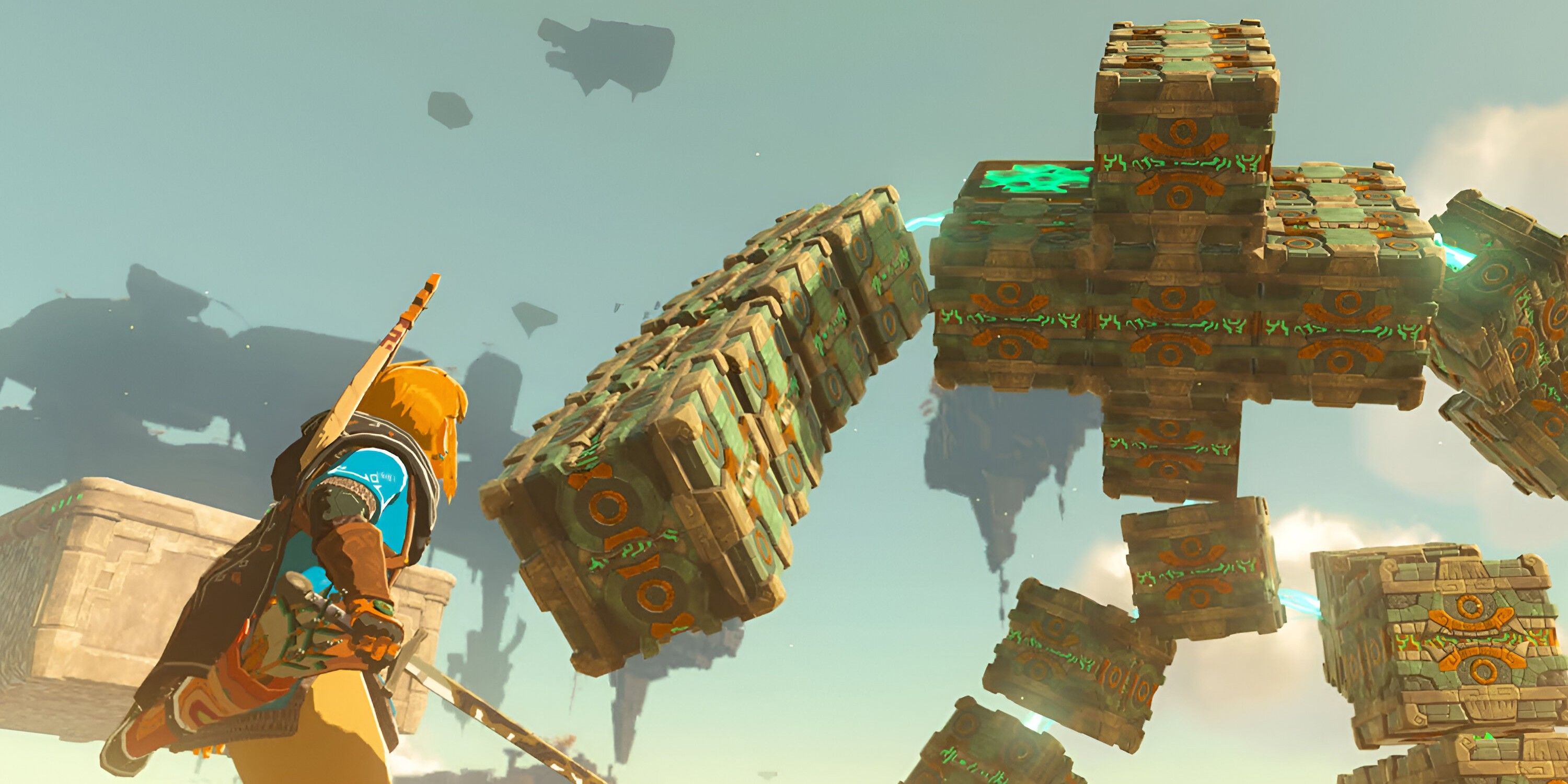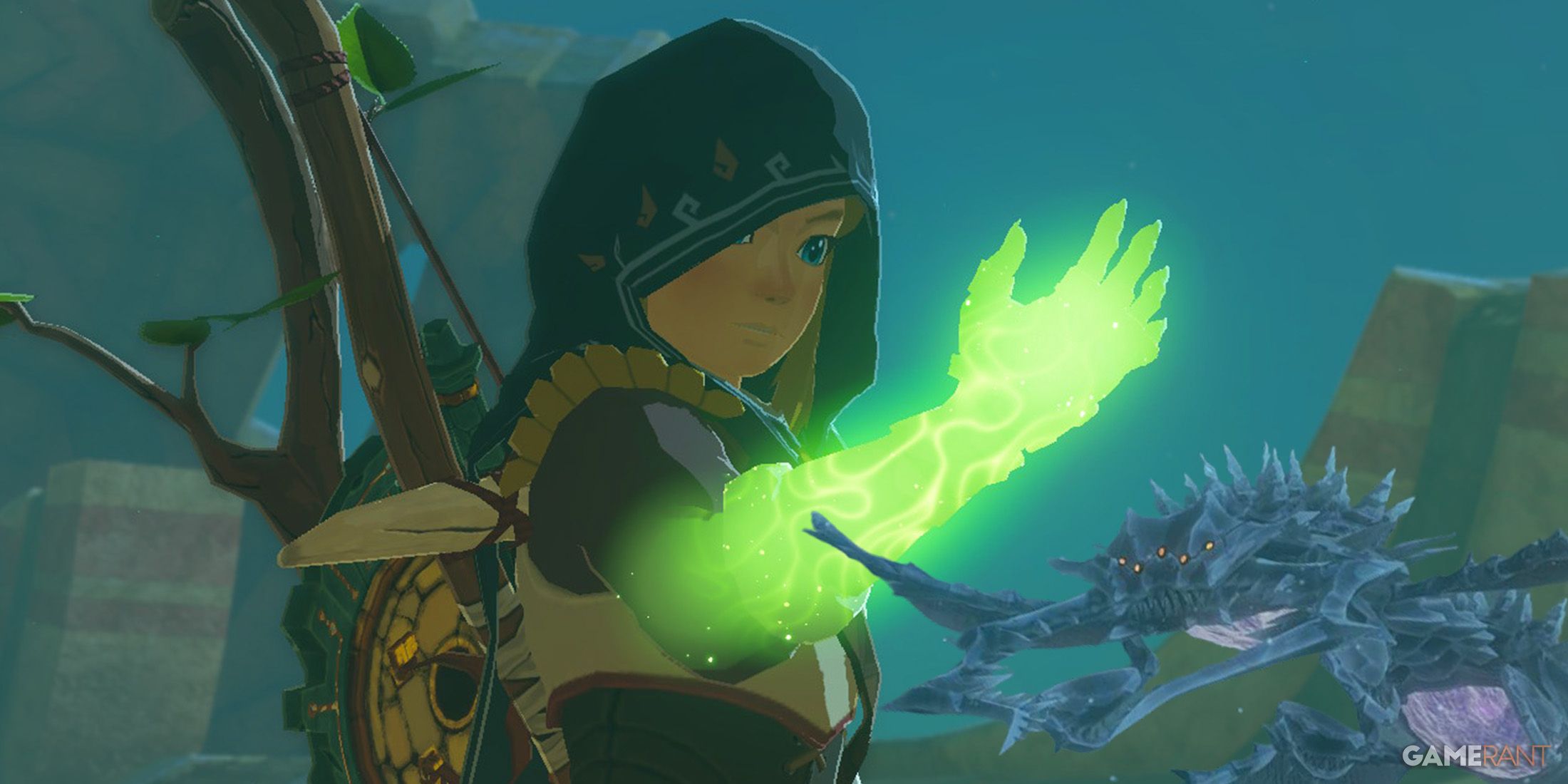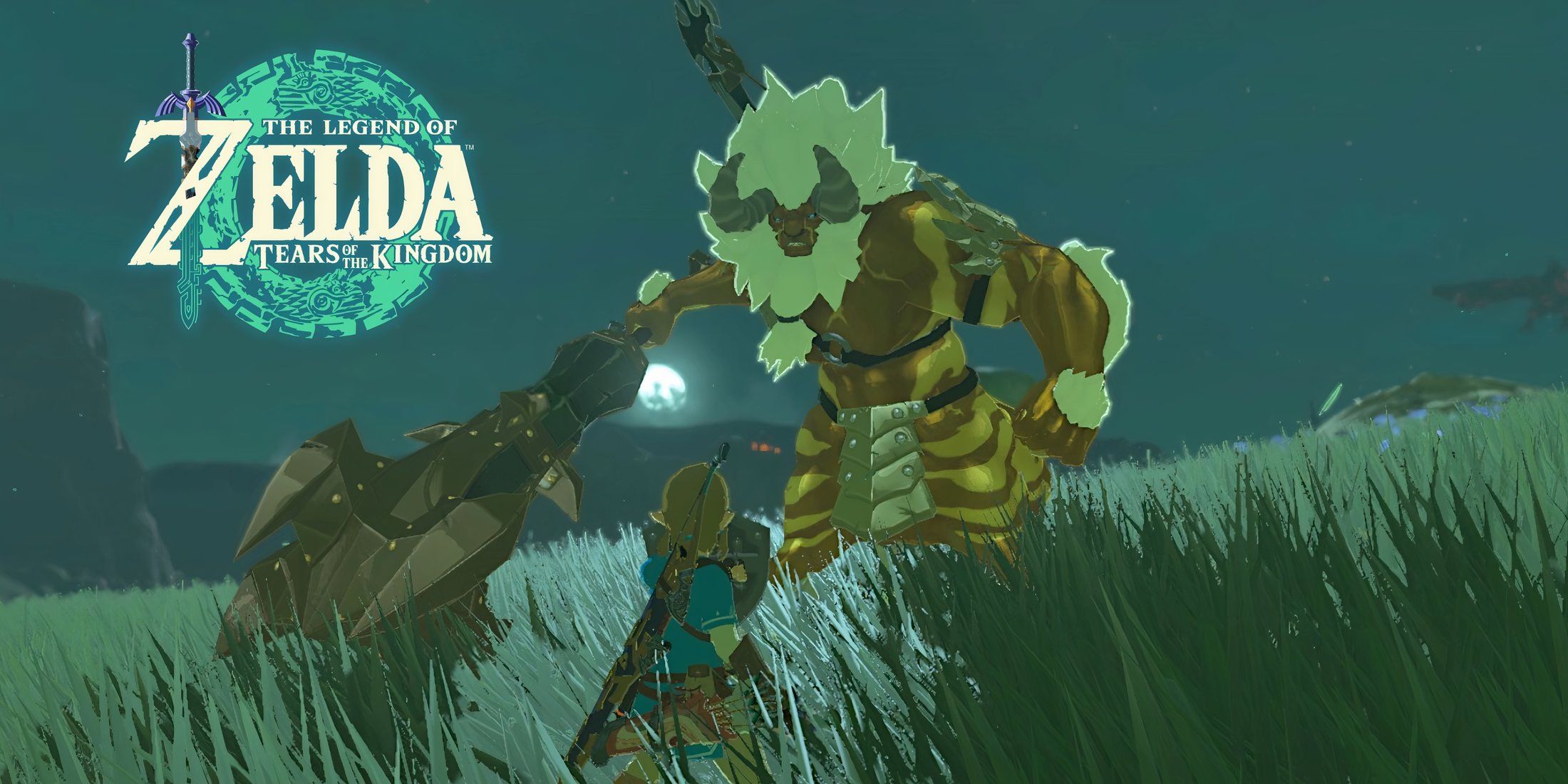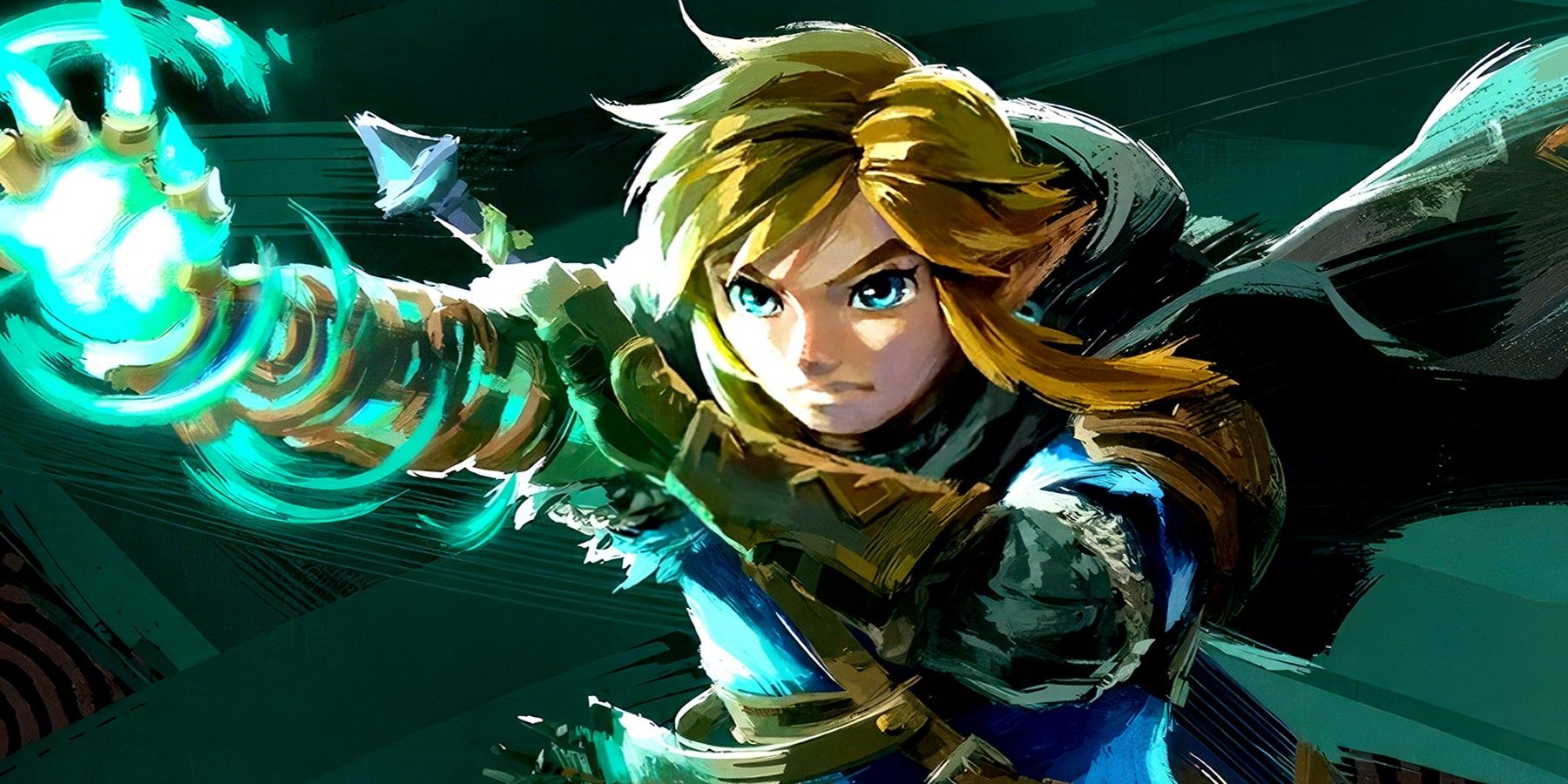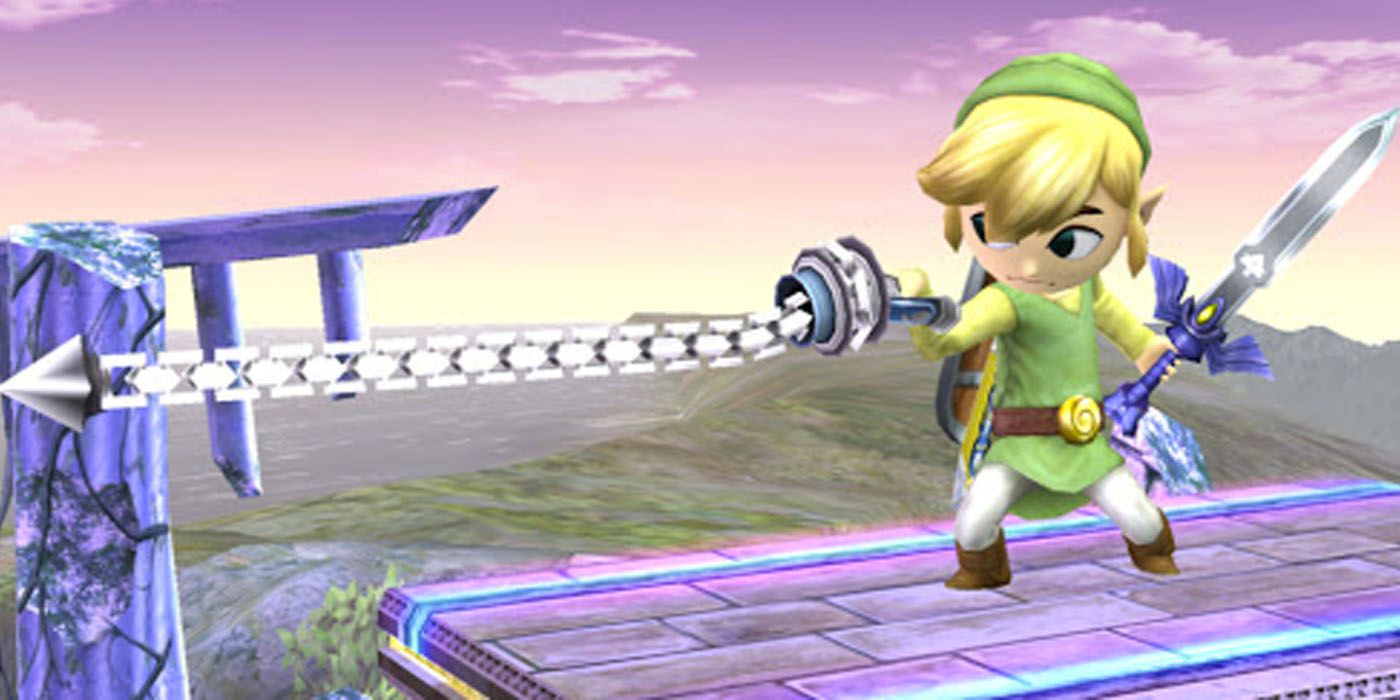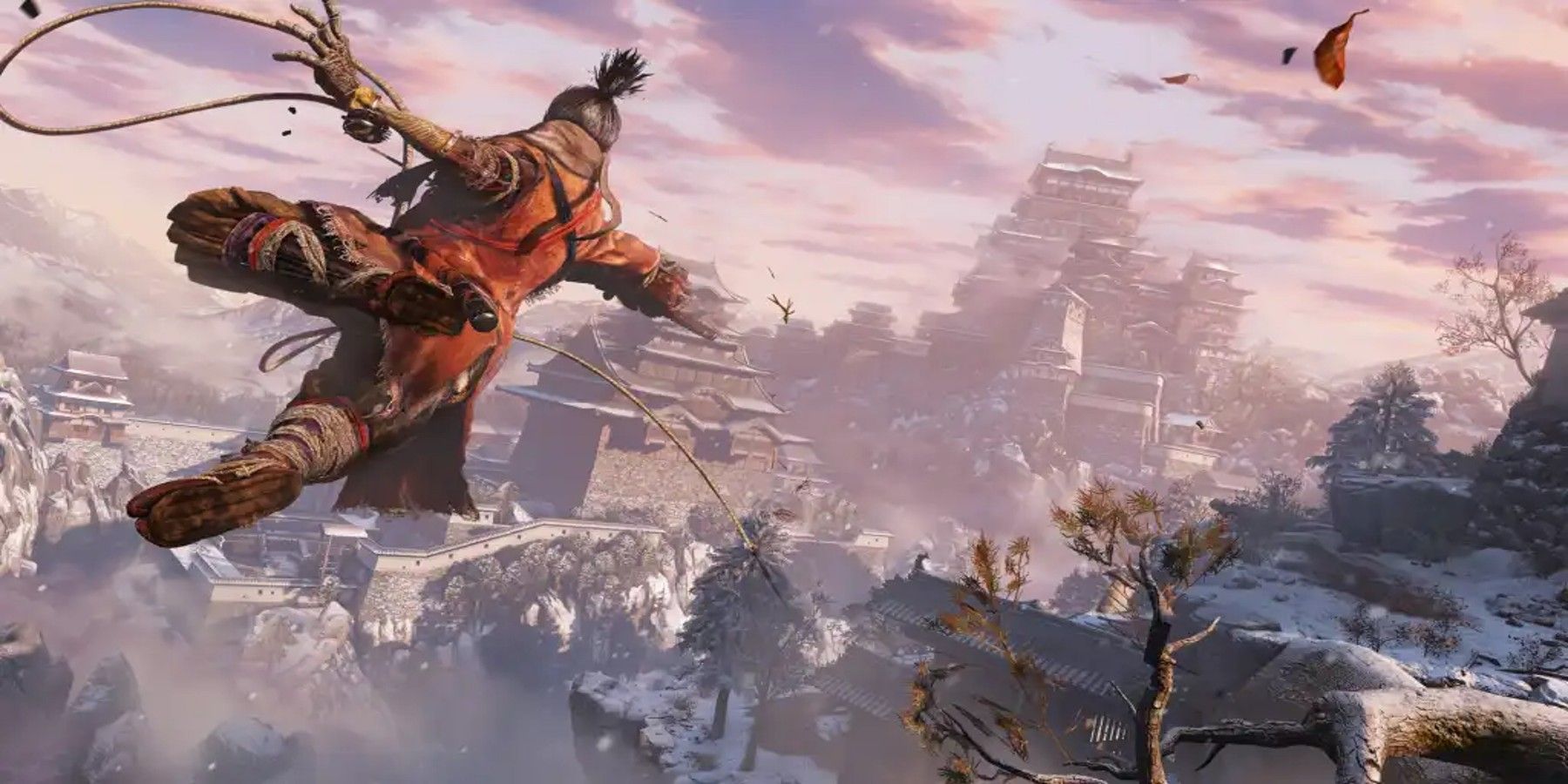The Legend of Zelda: Tears of the Kingdom is an amazing continuation of the changes to the series formula established with Breath of the Wild, and it solidifies a new era of Zelda games that fans can expect for years to come. Of course, this comes with the caveat that several staples of what many consider to be "classic" Zelda are abandoned in favor of new gameplay mechanics that fit better within the open-world context of newer entries. Even though the next game in the series will almost surely follow in the footsteps of Zelda: Tears of the Kingdom, there's plenty of reason for one of "classic" Zelda's iconic tools, the Hookshot, to make a return.
First introduced in Legend of Zelda: A Link to the Past on the SNES, the Hookshot is the Zelda franchise's unique take on a grappling hook. Link acquires the tool in the second dungeon of Link to the Past's Dark World, with it subsequently becoming one of his most important and versatile pieces of equipment for the rest of the adventure. The last time a mainline series title featured the Hookshot was in Wind Waker (or, Skyward Sword if counting the Clawshot), and the potential for a reintroduction of the Hookshot to shake up the new open-world style of Zelda gameplay is hard to ignore.
Using the Hookshot to Metaphorically Connect Classic and New Zelda
Since its introduction in Link to the Past, the Hookshot has remained one of the most iconic pieces of Link's equipment and made several reappearances in other series titles. Whether referring to the classic arrow-tipped Hookshot or the redesigned and upgraded Clawshot from Twilight Princess and Skyward Sword, the tool is undeniably a symbol of the Zelda franchise as much as the Triforce or the iconic Master Sword. Knowing that every facet of the Zelda franchise is carefully curated and calculated, it's almost a guarantee that its absence in Breath of the Wild and Tears of the Kingdom is intentional beyond just a mechanical standpoint.
Sure, the Hookshot doesn't make much sense in the context of an open-world Zelda game where Link can climb and hang glide to reach previously inaccessible areas, but it also is a relic of Link's past and a symbol of "classic" Zelda. As the series moves forward into its new era of open-world gameplay in a dynamic and feature-rich sandbox, the reintroduction of the Hookshot could be a metaphorical "Linking" of two distinct eras of The Legend of Zelda. Not only that, but it could expand the traversal options available to Link in future games even further than was seen in Tears of the Kingdom.
How a Hookshot Mechanic Could Transform Open-World Zelda
When considering how the Hookshot could work within the context of modern, open-world Zelda, it's important to factor in how the inclusion of the tool would affect the overall gameplay balance. Nintendo has already established its ability to creatively work around what should be game-breaking abilities with Tears of the Kingdom, so it's not a bridge too far to envision the Hookshot making a return and having real utility within the open-world expanse of Hyrule and (hopefully) expanded dungeons building on their semi-return in TotK. In terms of a modern analog for how the Hookshot would look in modern Zelda, FromSoftware's Sekiro: Shadows Die Twice comes to mind.
For starters, Sekiro carefully implemented its grappling hook mechanic by limiting the kind of surfaces that could be attached to, as well as the distance from which it could be attached. On the other hand, the grappling hook significantly expanded the game's verticality, creating not only new traversal options but also new avenues in combat that transformed how players approached encounters. If the Hookshot were to make a return in modern Zelda, the thought of grappling to a cliffside only to then hang glide down into an enemy encampment and rapidly zip in and out of danger sounds almost too good to be true. It may be a staple of older Zelda games, but there's no reason for the Hookshot to stay buried in the past.
Legend of Zelda: Tears of the Kingdom is available now for Switch.

